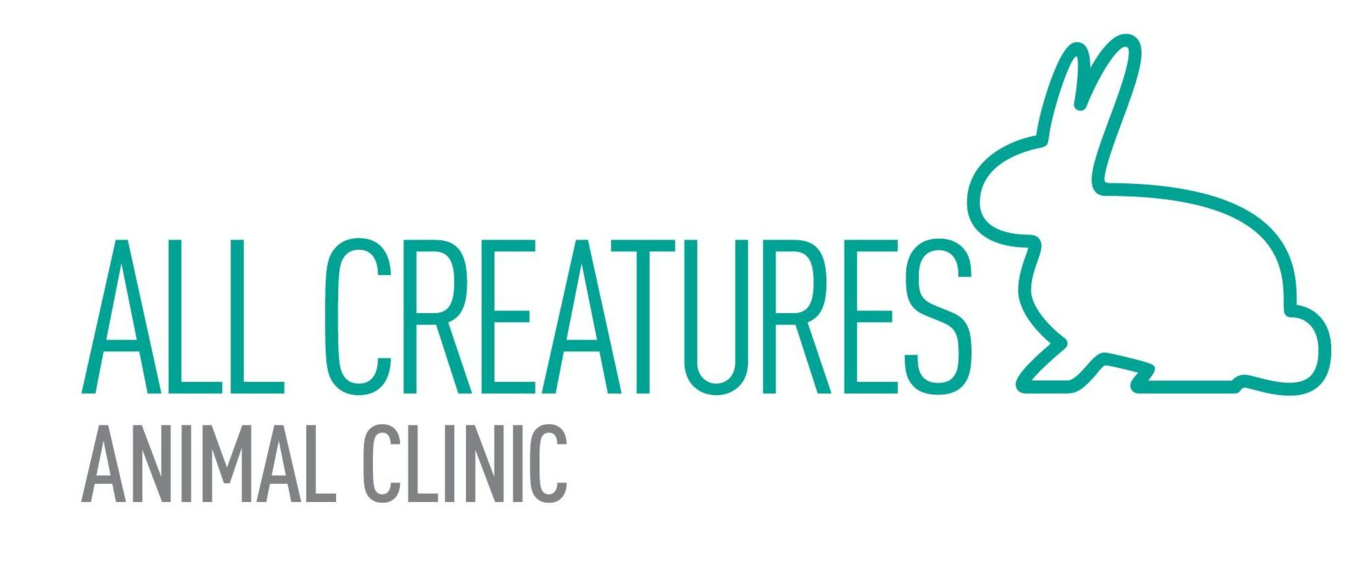DIET TIPS
What To Feed
There are hundreds of brands of dog food to choose from, so picking the right food for your dog can be overwhelming. The most important factor is to see how your dog responds to any food that you select. Does your dog like the food? Is your dog at a healthy weight? Does your dog have regular, well-formed bowel movements? There are numerous high-quality foods to choose from. Some of the companies that conduct extensive research on their food and generally provide good results are Hill's Science Diet, Royal Canin, Iams/Eukanuba, and Purina. Many prescription dog foods are available through veterinarians that can help address common medical conditions such as dental tartar, arthritis and obesity. If you elect to feed your dog a non-traditional or home-cooked diet, please consult with a veterinarian to help make sure that you are meeting all of your dogs' nutritional needs.
Puppy Diet
When a puppy is under 4-5 months we recommend that you feed 3-4 meals a day, and let them choose the amount. Give them 20-30 minutes access to the food to let them fill their belly. If your puppy is a picky or distracted eater, encourage them to return to the bowl or giving them multiple opportunities over a short period of time. If your puppy is a chow hound, take the bowl up when they start to slow down and act full. Puppies can be transitioned to an adult only diet around 8-10 months of age (much earlier in large breed dogs). Whenever you change your dog's diet, transition gradually over 5-7 days, working in more and more of the new food each day.
Adult Dog Diet
For adults it is best to feed based on body condition. It is OK to start with the recommended volume of food listed on the can or bag that you use, but adjustments should be made based on your pet's condition. When you measure your the food, use an actual measuring cup (when a bag says 2 cups per day, they mean measuring cups, not big gulp cups)! If your pet seems thin, increase the volume of food. If they are too fat, increase the exercise and reduce the volume of food.
Obesity
Obesity is a large problem in our dog populations. If your dog is slightly overweight, act now! The more weight your dog puts on, the longer it will take to come off and the harder it will be to keep it off. The keys to success are calorie control and exercise. Make sure that your dog is getting exercise every day (walks, fetch, games, etc). Cut down on treats. We recommend giving treats that can be broken into small pieces to help spread out your rewards. Cut food back on your dog's total food consumption by 10-20%. If your dog is still struggling to stay fit, prescription diets can help immensely. Prescription weight loss diets are usually highly effective and help your dog feel full and more satisfied on their weight-loss regimen.
The Body Condition System is a way to gauge if your pet is overweight, underweight or at an ideal weight. Your pet is given a score out of 9, with the ideal BCS being 4-5/9. When a dog is at ideal body condition, you will see a tuck up at the abdomen from the side and a tuck inward from above, but you will not see hip bones or ribs. Both malnutrition and obesity can lead to serious health conditions.

